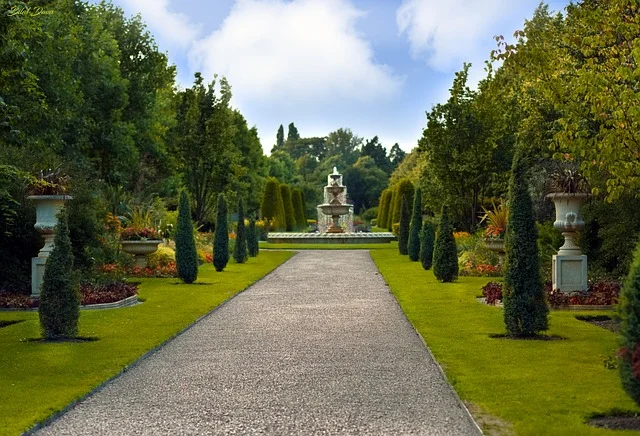Best Strategic Garden Design in 2024
Table of Contents
Introduction:
Begin by introducing the concept of strategic garden design and how it elevates ordinary gardening into an art form. Mention that fine gardening is about blending beauty with practicality to create an intentional and well-balanced garden space.
“In the world of fine gardening, every plant, pathway, and feature serves a purpose, contributing to a harmonious design that not only looks stunning but functions beautifully.”

1. Know Your Garden’s Purpose:
Discuss the importance of understanding the garden’s purpose—whether it’s a peaceful retreat, a space for entertaining, or a productive vegetable garden.
How does the strategic design cater to this purpose? For instance, incorporating seating areas in a garden meant for relaxation or creating focal points that draw attention.
2. Assessing the Site Conditions:
Talk about how understanding soil types, sun exposure, and climate are key to planning a garden.
For more information about quality soil you can read our post:
https://fine-gardening.com/water-smartly-in-fine-gardening/
How does the slope of the land or the existing features (like trees, buildings) influence the design? The importance of working with, not against, the natural environment.
3. Choosing the Right Plant Palette:
Focus on selecting plants that not only thrive in the specific conditions of the garden but also contribute to a cohesive design.
Discuss color schemes, textures, plant height, and seasonal interest, ensuring year-round beauty.
Highlight the concept of plant layering for depth and variety in the garden.

4. Focal Points and Flow:
Explain the significance of focal points, such as sculptures, water features, or specimen plants, and how they guide the viewer’s eye through the garden.
Mention the importance of creating flow—using pathways, borders, and plant groupings to lead from one area of the garden to another naturally.
5. Sustainability and Maintenance:
Address the role of sustainability in fine garden design, such as using drought-tolerant plants, minimizing waste, or integrating native species.
Provide tips for designing with long-term maintenance in mind. How can gardeners ensure their space is easy to care for while still achieving the fine gardening look?

6. Hardscape Integration:
Discuss how non-plant elements—like patios, stone walls, pergolas, or trellises—complement the garden’s overall aesthetic.
How does the choice of materials (stone, wood, gravel) enhance or detract from the garden’s design?
Conclusion:
Encourage readers to approach their garden as a dynamic, evolving space. Mention that strategic garden design requires patience and attention but is ultimately rewarding.
End on an inspirational note, reminding readers that a well-designed garden brings joy and fulfillment for years to come.


Leave a Reply